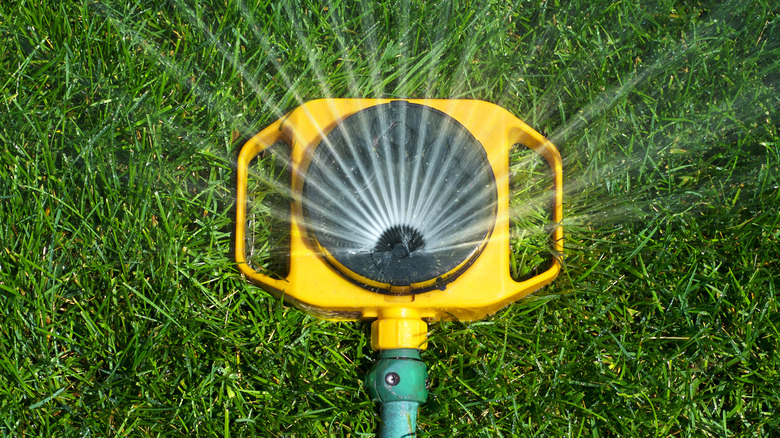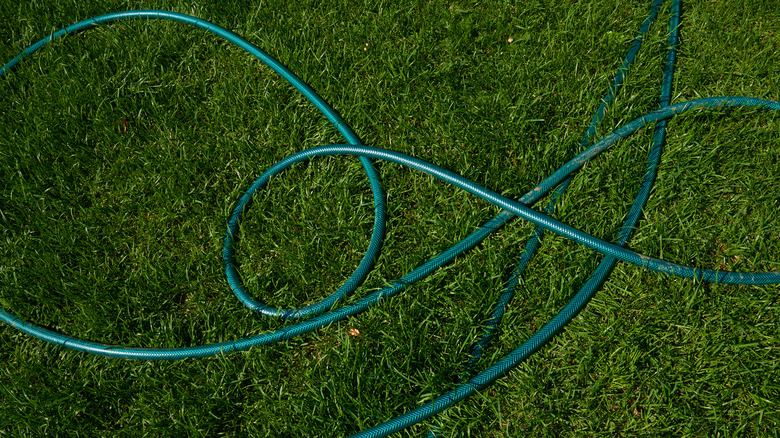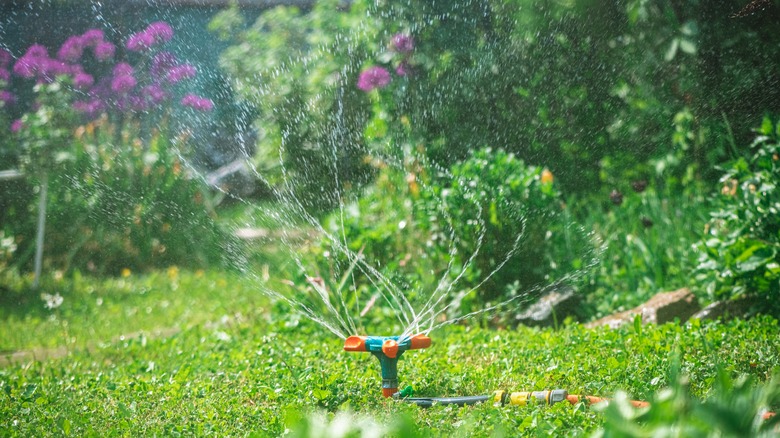What To Know Before Installing An Above Ground Sprinkler In Your Lawn
Do you look out over your lawn on some mornings and wonder why your neighbors' lawns seem so much greener than your own? Do you wonder what they have that you don't? While there are a few things you could be doing to make your lawn greener and healthier, one of the simplest and most effective is to install a sprinkler system.
Watering the lawn well is an essential task if you want to keep your lawn green and luscious all year long. However, it can be time-consuming to manually hose down your lawn. Adding a sprinkler system can be a great solution, but you'll need to decide between above ground and in-ground sprinklers. You'll need to do a lot more to prepare your lawn for an in-ground sprinkler system, which can be costly. But above ground sprinklers are quick and easy to install, and they're more affordable than in-ground sprinkler systems.
Both types of sprinklers can do a great job of increasing your home value, reducing the weeds in your lawn, and improving the health of your plants and grass. If you're thinking about installing above ground sprinklers, however, here's what you need to know.
Drawbacks of above ground sprinkler systems
Before installing above ground sprinklers, you need to be fully aware of the potential disadvantages. One of the main things to be aware of is that they're not as durable or long lasting as in-ground sprinklers. In-ground sprinklers tend to have longer lifespans in comparison. Another thing to be aware of is that an above ground irrigation system is really better suited to smaller yards rather than very large areas.
Above ground sprinklers tend to require more maintenance and closer tracking of water usage than in-ground sprinklers — you'll need to pay attention to their condition to keep them working well. Additionally, if aesthetic appeal is very important to you, then you'll also want to be aware that the appearance of above ground sprinkler systems leaves something to be desired — hoses and pipes will be out in the open for everyone to see. Not only can these be unsightly, they can also serve as a potential safety hazard as they can easily be tripped on.
How to plan a DIY above ground sprinkler system
However, you can install above ground sprinklers on your own quite easily compared to in-ground options. When planning a DIY above ground sprinkler system, first consider your budget carefully. Then, decide which equipment to buy based on the needs of your lawn.
To make things easy, you may want to buy an all-in-one sprinkler kit. However, you can also gather the necessary equipment yourself. This will include poly or PVC pipes, sprinklers, pumps and more. You'll need to carefully choose the best spot for your sprinkler heads and determine how they'll connect to your water source. Once you have the equipment, you'll need to install the pump, lay the pipes, attach the sprinkler heads, and connect the timer. It's also important to cover the pipes with plastic or landscaping fabric as well.
When planning your project, carefully consider which sprinkler heads you use and the size and shape of your lawn. You may need oscillating sprinkler heads if your yard is on the larger side to ensure they provide enough coverage. Also, consider the soil type — some types of soil, such as clay soil, shouldn't be overwatered and will need to have time to dry. Check local codes to ensure you'll be using your sprinkler system appropriately and carefully determine how much water you really need to maintain your lawn.


